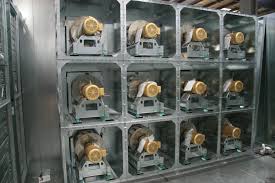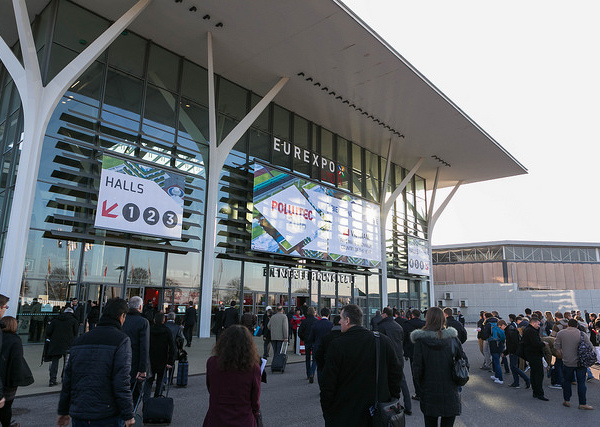Shedding light on fan arrays
GERMANY – EBM Papst commented today on the annual meeting of the German Society of Refrigeration and Air Conditioning which was held in Dresden during November. This year’s event marked the second time that Dresden had been selected by the German Society of Refrigeration and Air Conditioning (DKV) to host its annual meeting. The meeting, which took place over the 18th to the 20th of November, saw engineers, university professors, and prospective clients meet and share experiences. Items on the agenda included such topics as the challenges to refrigeration, air conditioning, cryogenics, and heat pump technology presented by climate protection. The meeting not only featured presentations and discussions on these future-relevant subjects, it also focused on energy-efficient air conditioning in data centres.
Daniel Lemke, Market Management Sales and Marketing for ebm-papst Mulfingen, was one of the leading contributors to the discussion and revealed that “Growing volumes of data from mobile Internet, cloud computing, and Internet TV demand increasingly greater computing capacities.”
Lemke pointed out that “Currently, air conditioning for a classic data center can comprise up to 37 percent of the entire energy consumption.”
Lemke stated that, in order to save on costs, many firms have followed the trend for energy-efficient cooling solutions with “free cooling”. In his opinion, this solution requires large quantities of air, which is increasingly produced by highly efficient fan arrays. Lemke also underlined that energy efficiency is always a question of choosing the right components.
Lemke then explained how it was possible to achieve the best design in order to operate the fan arrays safely and efficiently. Using various examples, he demonstrated the different factors that have to be taken into account for the design and showed how the arrangement, distance, and housing of the fans can affect the performance of a fan array. Lemke also underlined the fact that the parameters of the existing facility and the lifecycle costs will also determine the type, number, and size of the fans in an array.















